Alfa Romeo Giulia vs VW Caddy – Differences & prices compared
Everyday use, family trips or long-distance drives – here’s where the differences show.
Discover whether Alfa Romeo Giulia or VW Caddy fits your lifestyle better.
Costs and Efficiency:
Looking at overall running costs, both models reveal some interesting differences in everyday economy.
VW Caddy has a decisively advantage in terms of price – it starts at 27800 £, while the Alfa Romeo Giulia costs 48000 £. That’s a price difference of around 20241 £.
Fuel consumption also shows a difference: VW Caddy manages with 0.50 L and is therefore decisively more efficient than the Alfa Romeo Giulia with 5.40 L. The difference is about 4.90 L per 100 km.
Engine and Performance:
Power, torque and acceleration say a lot about how a car feels on the road. This is where you see which model delivers more driving dynamics.
When it comes to engine power, the Alfa Romeo Giulia has a distinct edge – offering 210 HP compared to 150 HP. That’s roughly 60 HP more horsepower.
In acceleration from 0 to 100 km/h, the Alfa Romeo Giulia is decisively quicker – completing the sprint in 6.80 s, while the VW Caddy takes 11.40 s. That’s about 4.60 s faster.
In terms of top speed, the Alfa Romeo Giulia performs distinct better – reaching 235 km/h, while the VW Caddy tops out at 186 km/h. The difference is around 49 km/h.
There’s also a difference in torque: Alfa Romeo Giulia pulls distinct stronger with 470 Nm compared to 320 Nm. That’s about 150 Nm difference.
Space and Everyday Use:
Whether family car or daily driver – which one offers more room, flexibility and comfort?
Seats: VW Caddy offers noticeable more seating capacity – 7 vs 5.
In curb weight, VW Caddy is barely noticeable lighter – 1575 kg compared to 1640 kg. The difference is around 65 kg.
When it comes to payload, VW Caddy distinct takes the win – 710 kg compared to 535 kg. That’s a difference of about 175 kg.
Who comes out on top?
Overall, the VW Caddy shows itself to be leaves the rival little chance and secures the title of DriveDuel Champion.
It convinces with the more balanced overall package and proves to be the more versatile choice for everyday use.
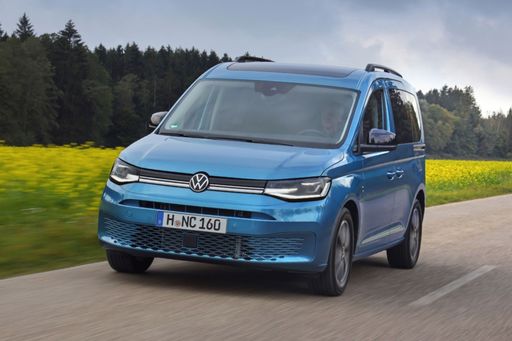 @ Volkswagen AG / VW Media
@ Volkswagen AG / VW Media
VW Caddy
Alfa Romeo Giulia
The Alfa Romeo Giulia captivates with its stunning Italian design and dynamic performance, representing a perfect blend of elegance and sportiness. Its engaging driving experience, characterised by precise handling and responsive steering, appeals to enthusiasts who crave the thrill of the road. Inside, the Giulia showcases a beautifully crafted interior that combines luxury with cutting-edge technology, making every journey a delight.
details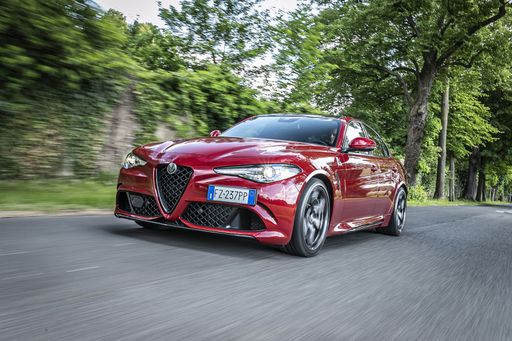 @ Alfa Romeo / Stellantis Media
@ Alfa Romeo / Stellantis Media
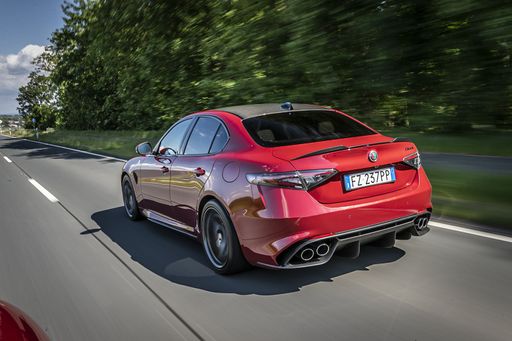 @ Alfa Romeo / Stellantis Media
@ Alfa Romeo / Stellantis Media
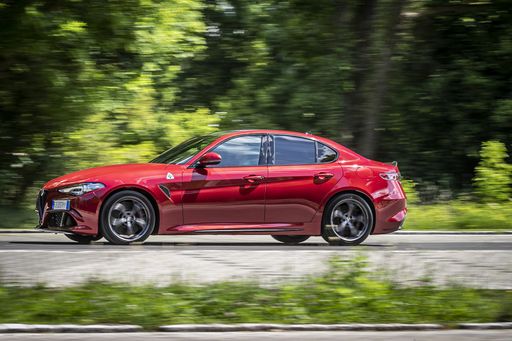 @ Alfa Romeo / Stellantis Media
@ Alfa Romeo / Stellantis Media
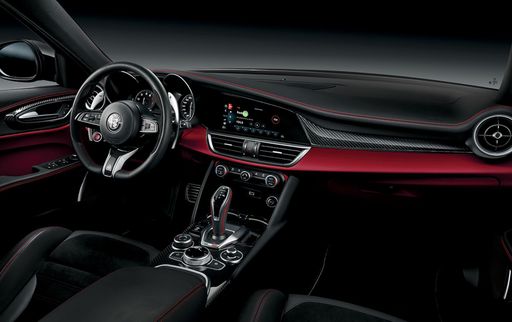 @ Alfa Romeo / Stellantis Media
@ Alfa Romeo / Stellantis Media
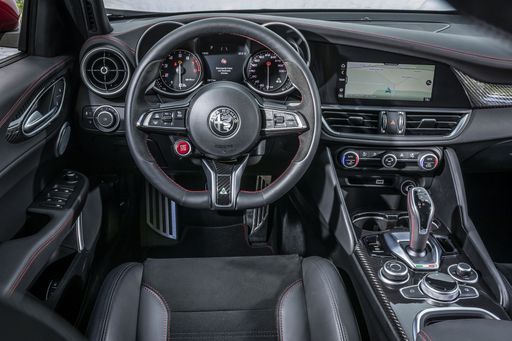 @ Alfa Romeo / Stellantis Media
@ Alfa Romeo / Stellantis Media
VW Caddy
The VW Nutzfahrzeuge Caddy Hochdach-Kombi is a versatile choice for those seeking extra space and practicality in their everyday vehicle. With its functional high roof and adaptable interior, it easily accommodates both passengers and cargo. The Caddy also stands out with its modern design and features aimed at providing comfort and convenience on the road.
details @ Volkswagen AG / VW Media
@ Volkswagen AG / VW Media
 @ Volkswagen AG / VW Media
@ Volkswagen AG / VW Media
 @ Volkswagen AG / VW Media
@ Volkswagen AG / VW Media
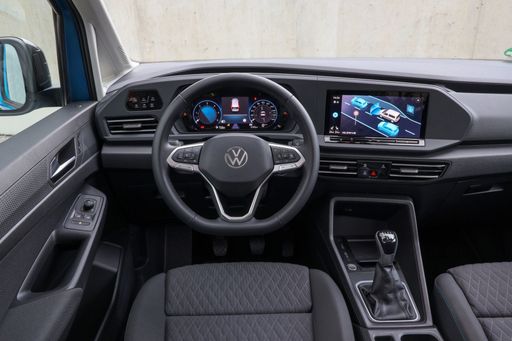 @ Volkswagen AG / VW Media
@ Volkswagen AG / VW Media
 @ Alfa Romeo / Stellantis Media
@ Alfa Romeo / Stellantis Media
|
 @ Volkswagen AG / VW Media
@ Volkswagen AG / VW Media
|
|
|
|
Costs and Consumption |
|
|---|---|
|
Price
48000 - 57000 £
|
Price
27800 - 45900 £
|
|
Consumption L/100km
5.40 L
|
Consumption L/100km
0.5 - 6.9 L
|
|
Consumption kWh/100km
-
|
Consumption kWh/100km
-
|
|
Electric Range
-
|
Electric Range
116 - 121 km
|
|
Battery Capacity
-
|
Battery Capacity
19.70 kWh
|
|
co2
141 g/km
|
co2
10 - 165 g/km
|
|
Fuel tank capacity
58 L
|
Fuel tank capacity
50 L
|
Dimensions and Body |
|
|---|---|
|
Body Type
Sedan
|
Body Type
High Roof Estate
|
|
Seats
5
|
Seats
5 - 7
|
|
Doors
4
|
Doors
5
|
|
Curb weight
1640 kg
|
Curb weight
1575 - 1998 kg
|
|
Trunk capacity
480 L
|
Trunk capacity
-
|
|
Length
4650 mm
|
Length
4500 - 4853 mm
|
|
Width
1860 mm
|
Width
1855 mm
|
|
Height
1438 mm
|
Height
1819 - 1860 mm
|
|
Max trunk capacity
-
|
Max trunk capacity
2556 - 3700 L
|
|
Payload
535 kg
|
Payload
501 - 710 kg
|
Engine and Performance |
|
|---|---|
|
Engine Type
Diesel
|
Engine Type
Petrol, Diesel, Plugin Hybrid
|
|
Transmission
Automatic
|
Transmission
Manuel, Automatic
|
|
Transmission Detail
Automatic Gearbox
|
Transmission Detail
Manual Gearbox, Dual-Clutch Automatic
|
|
Drive Type
All-Wheel Drive
|
Drive Type
Front-Wheel Drive, All-Wheel Drive
|
|
Power HP
210 HP
|
Power HP
102 - 150 HP
|
|
Acceleration 0-100km/h
6.80 s
|
Acceleration 0-100km/h
11.4 - 14 s
|
|
Max Speed
235 km/h
|
Max Speed
173 - 186 km/h
|
|
Torque
470 Nm
|
Torque
220 - 320 Nm
|
|
Number of Cylinders
4
|
Number of Cylinders
4
|
|
Power kW
154 kW
|
Power kW
75 - 110 kW
|
|
Engine capacity
2143 cm3
|
Engine capacity
1498 - 1968 cm3
|
General |
|
|---|---|
|
Model Year
2024 - 2025
|
Model Year
2024
|
|
CO2 Efficiency Class
E
|
CO2 Efficiency Class
E, F, B
|
|
Brand
Alfa Romeo
|
Brand
VW
|
Is the Alfa Romeo Giulia offered with different drivetrains?
Available configurations include All-Wheel Drive.
The prices and data displayed are estimates based on German list prices and may vary by country. This information is not legally binding.
